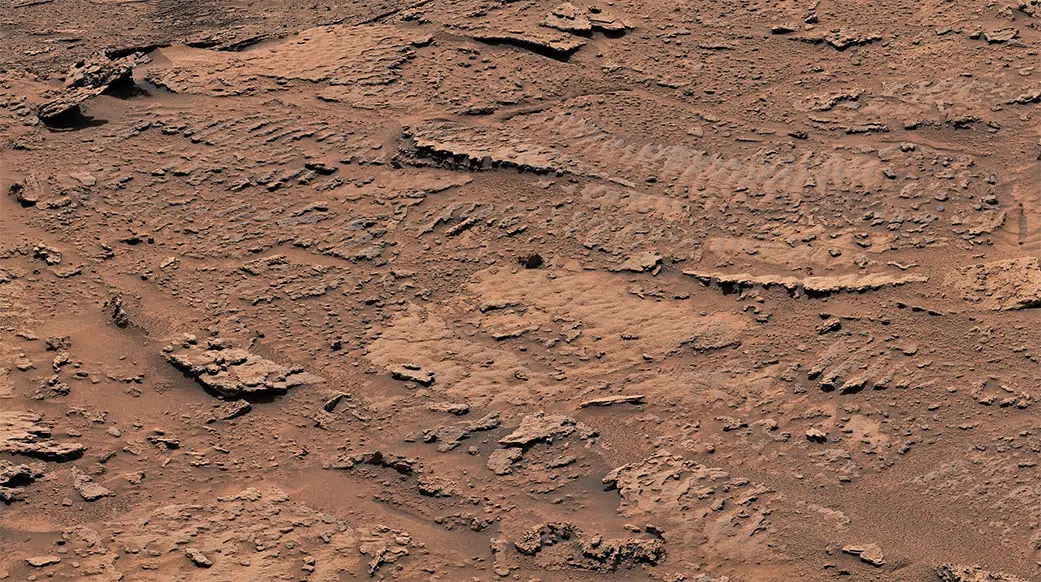
NASA’s Curiosity rover made an unexpected and exciting discovery when it arrived at the “sulfate-bearing unit” of Mars: rippled rock textures that indicate lakes once existed in this supposedly dry region.
Although researchers expected to find salty minerals leftover from water drying up; instead, they uncovered evidence that these regions were wet for much longer than previously thought. Who knows what other secrets lie hidden beneath the Red Planet’s dusty surface?
After its successful mission, the Curiosity team was astounded to uncover a snapshot of Mars’ distant past: evidence that ancient lakes once existed and lapped at sandy shores.
Billions of years ago, waves created patterns in sediment beneath Martian lakes – leaving ripples etched into the rock for researchers to discover today.
“This is the best evidence of water and waves that we’ve seen in the entire mission,” said Ashwin Vasavada, Curiosity’s project scientist at NASA’s Jet Propulsion Laboratory in Southern California. “We climbed through thousands of feet of lake deposits and never saw evidence like this – and now we found it in a place we expected to be dry.”
Ancient lakes on Mars confirmed by our @MarsCuriosity rover team. Details: http://t.co/n4XQ08Bds7 #JourneyToMars pic.twitter.com/u7aM6523GP
— NASA (@NASA) October 9, 2015
Ancient water traces in Mars’ Gediz Vallis
Scientists have spotted a clue to the history of water on Mars in Gediz Vallis. This wind-carved valley has been further shaped by an ancient river and recent wet landslides, which sent car-sized boulders tumbling down its slopes.
The resulting debris pile is one of the youngest features at Mount Sharp. Mount Sharp is a Martian mountain, formally known as Aeolis Mons, standing 5.5 kilometers tall and located in the Gale crater near its center.
Moreover, its relatively high elevation has given it the distinction of being recognized by the US Geological Survey on Mars with an ID number of 15000.
Mount Sharp is comprised of layers, the oldest of which are found at the base of the mountain while the most recent, at the peak.
As the rover climbs, it moves along a Martian timeline, providing researchers with a unique opportunity to learn how Mars transformed from a world more like Earth, with a warmer temperature and abundant water, to the cold desert it is today.
Other possibilities of unusual rocky structure
A captivating feature of the Marker Band is an unusual ripple-like texture on Martian rocks, leading some researchers to believe that it was produced by a cyclical event such as dust storms.
Additionally, there are other rock layers that have regular spacing and thickness – patterns created from recurring climactic events back when Mars had its own unique climate.
“The wave ripples, debris flows, and rhythmic layers all tell us that the story of wet-to-dry on Mars wasn’t simple,” Vasavada said. “Mars’ ancient climate had a wonderful complexity to it, much like Earth’s.”
See all the latest news from Greece and the world at Greekreporter.com. Contact our newsroom to report an update or send your story, photos and videos. Follow GR on Google News and subscribe here to our daily email!



